RN and the alphabet soup of nursing
A certain congresswoman in the Philippines has misconstrued the nursing profession.
Exposing her ignorance, Congresswoman Cynthia Villar said Filipino nurses in the U.S. need not be highly educated because they simply aspire to become “room nurses.” Mag-aalaga lang sila. That comment has triggered a flurry of jokes about nurses. One that circulates in social media is how RN has come to mean “Room Nurse” instead of “Registered Nurse.”
I find this humor condescending, albeit, understandable, triggered by someone who has no clue about the nursing profession. For the benefit of Cynthia Villar and others, let me clarify some initials and acronyms and their hierarchy in the nursing world.
RN stands for Registered Nurse, a title you earn after passing a nursing board examination in the U.S, known as NCLEX, or in the Philippines, the Board of Nursing examination.
Filipino nurses should be proud of their achievements, whether as an RN or an Advanced Practice Registered Nurse/ Advanced Practice Nurse or APRN/APN. I am very proud to be an RN, an ANP and a Filipino. Tough as it is, knowledge is power, and power will take you places and put food on your table.
Ground Zero are the nursing assistants, the lay people or anyone without a nursing background.
CNAs are Certified Nursing Assistants in the U.S. They could be doctors or nurses in the Philippines. When I was new in New York, one of my nursing assistants was a doctor in Cebu. He was working as a CNA because he had not passed the U.S. exam yet. I have a very good friend, an Adult Nurse Practitioner, who worked as a CNA before she became an ANP. She is not Filipino.
The CNAs are not considered nurses per se. They do not go through rigorous studies or have responsibilities like a real nurse. They are typically helpers who clean up patients, ambulate them, or assist residents in a nursing home. In a hospital setting, their duties include assisting doctors, taking vital signs, turning patients, transferring them, and the like. They are not full-fledged nurses, although some of them claim to be.
LPN/LVN refers to the Licensed Practical Nurse or Licensed Vocational Nurse. These are professionals who underwent technical training and have a little bit of nursing knowledge. The LPN course is anywhere from 18 months to 24 months, the shortest route to becoming a nurse. The LPNs can be trusted to give medications and help out a little bit, but they are not given too much of a responsibility. They work under a licensed RN and cannot do physical assessment. Although they are considered nurses, they are not RNs. Their salary is half that of an RN.
The Associate Degree in nursing is the shortest and fastest route to becoming an RN in the U.S. It is 24 months only, but has rigorous training and clinical exposure. All graduates are qualified to sit in the RN exam or NCLEX. I was a professor in one of these courses in CUNY, teaching Fundamentals in Nursing. This degree is bound to be eliminated soon. In the future, all RNs will have a Bachelor of Science in Nursing degree or BSN.
A BSN degree is a four- or 5-year curriculum with more extensive studies than the Associate Degree. I got my BSN from the University of San Carlos in Cebu City. We were the last graduates of the five-year curriculum, the trailblazers of College of Nursing in the school. Presently, the BSN is just four-year curriculum. All RNs can function in any specialty. This is just a general curriculum, and specialization can be acquired through experience. Most certifications require a BSN. All graduates are able to sit in the NCLEX exam to become an RN.
The Master of Science in Nursing consists of clinical or educational track. The clinical track leads to specialization as a Clinical Nurse Specialist or CNS or Nurse Practitioner or NP. This is also the entry level for the APRNs. I earned my master’s degree at CUNY where I did mostly research and a few core courses. The MSN prepares nurses for management positions, such as director of nursing. But they have the option to continue their clinical practice.
A post-masteral degree can lead to careers as Certified Registered Nurse Anesthetists or CRNAs, or as adult, geriatric, and family nurse practitioners. I did my post-masteral course at the College of Mount Saint Vincent in Riverdale. The core subjects include advanced pathophysiology, advanced pharmacology, advanced physical assessment I and II. I went straight to II. Working as an emergency room nurse at the time earned me some brownie points and saved me some money.
Advanced Practice Nurses or APN are forging the future. We hold high-caliber jobs equivalent to the functions and responsibilities of a doctor. We cover for them when they are on vacation or simply not available. A lot of clinics utilize APNs nowadays.
The Doctor of Nurse Practitioner or DNP is a relatively new position in the nursing arena. The holder of this title has a deeply clinical responsibility. Maybe in the future, nurse practitioners can sign death certificates.
I do not need to continue, although I only need a few credits. I prefer to travel the world than go back to school. I think I have enough credentials under my belt and in my cap. Besides, it will not increase my salary any more.
Now that you have the knowledge of the hierarchy of nurses and the education required to get to those positions, maybe Cynthia Villar can discern an RN from an FN or a “Faux Nurse.” Good luck to all the nurses out there. Let’s conquer the world.
Marissa Torres Langseth is a board-certified adult nurse practitioner. She and her husband live in Queens.
 Trust our award-winning law firm with your immigration case.
Trust our award-winning law firm with your immigration case.


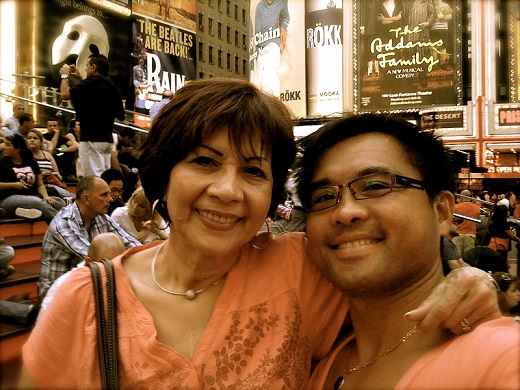
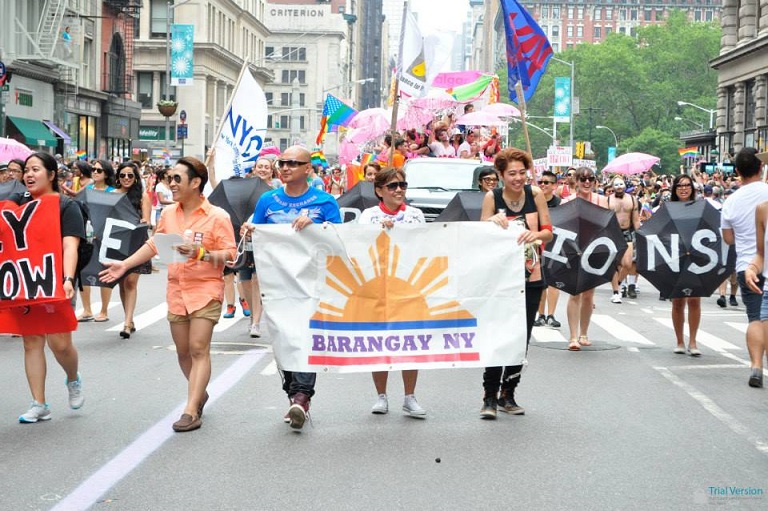

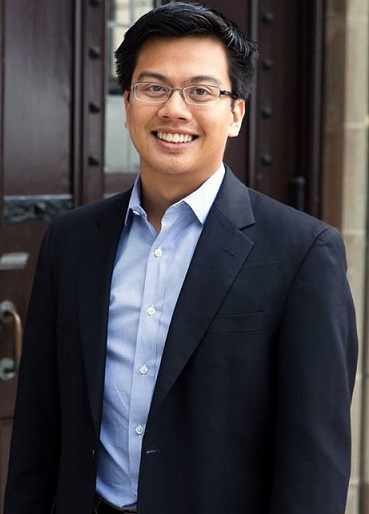



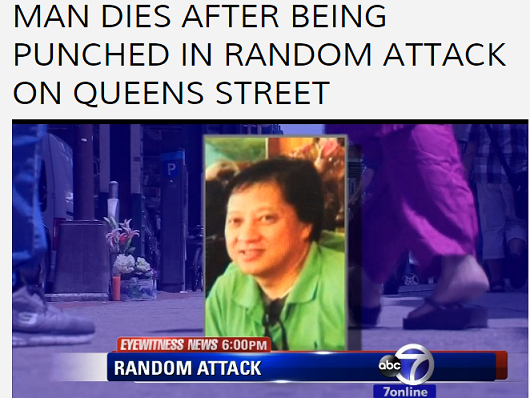



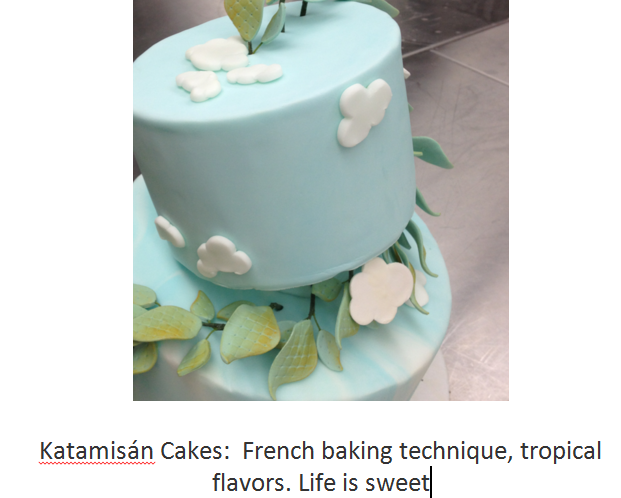

Thank you for this opportunity to share my knowledge and expertise..
Kudos and more power to you.
ms M
Whether in the U.S. or in the Philippines (but especially the latter), some of the most caring people I’ve met vis a vis my frequent encounters with the medical profession are RN’s.